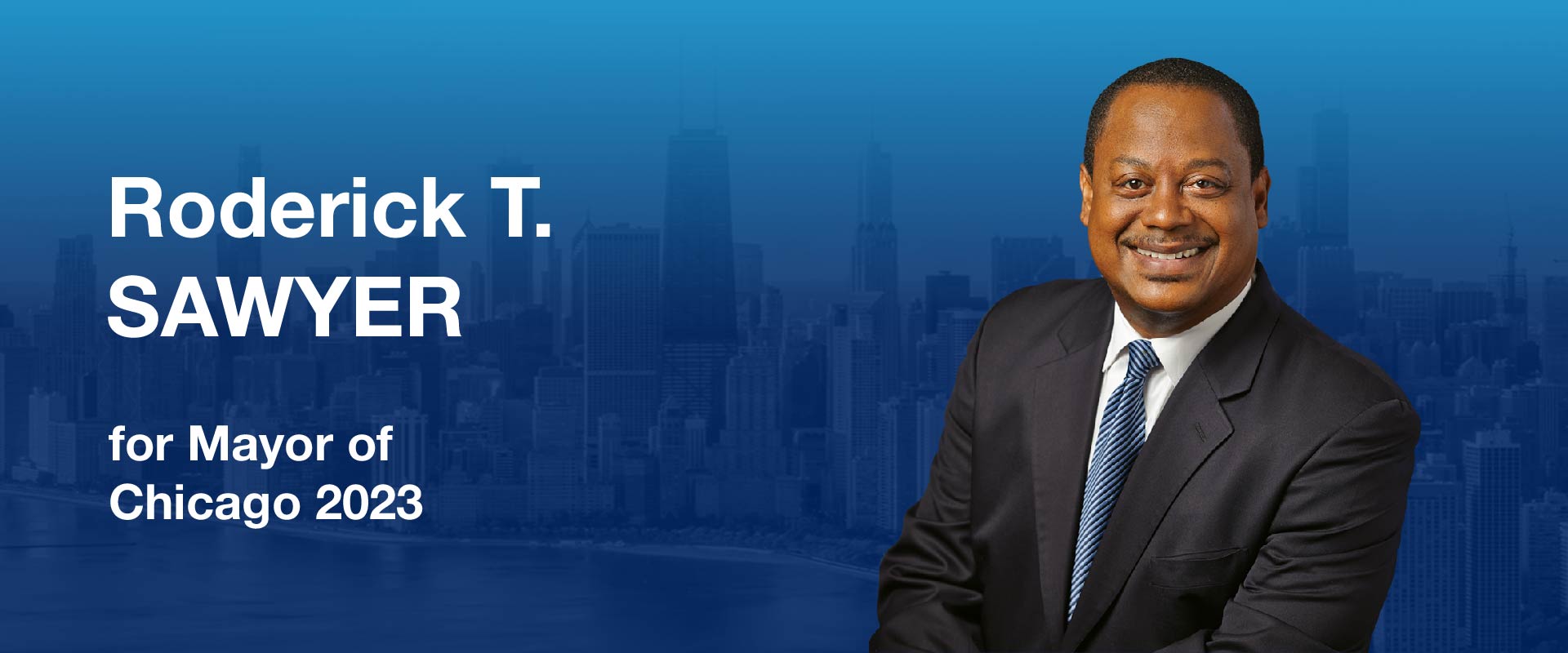Economic Development Plan
Plan for Economic Development in Chicago
Chicago has historically been a tale of two cities – one experience for people who live downtown and in some of our other neighborhoods, and another for those who live on our historically marginalized communities, primarily on the South and West Sides.
We’re a world-class city and all of our citizens should be able to share in the experience of living here. I want our downtown to flourish, but I want to make sure Bronzeville and Little Village and Englewood flourish, too.
An essential part of my #ResetChicago plan is to ensure Chicago’s prosperity is shared across all of our 77 communities. This starts with drastically reducing and changing our TIF program. Fulton Market has become a wonderful neighborhood, I enjoy going there. But it no longer needs a TIF that subsidizes an area developers want to build while stripping money away from our Public Schools and other programs we need.
What I would use sparingly are smaller, residential TIFS in areas that are blighted – the original intent of the TIF program.
As Alderman I have kept a particular focus on economic equity without forgetting what an engine for growth our downtown and established business districts are.
Plan for blighted and disinvested areas:
One of our city’s most intractable problems has been generational disinvestment in many of our communities, especially our communities of color.
Aggressive programs to market and revamp lots
I don’t want a program that benefits big developers, I want programs that get vacant lots and abandoned properties into the hands of individuals who will build homes, open businesses, or develop other community assets, such as community centers, clinics, a food co-op, etc. This will not only improve these communities and guild generational wealth through better property values, but will also add tens of millions of dollars into our property tax collections.
● Develop a low-cost or even no-cost loan program to aid in the purchase and redevelopment of these properties, along with
● Residential TIFS for homes and small businesses in areas that need them to redevelop strong communities, develop vibrant neighborhood business districts that add to the economic health and quality of life, or help property owners with aging buildings that need upgrades in things such as electrical or HVAC systems.
● Expansion of my Small and Mid-Sized Business Initiatives that help small, local companies get business Initiatives to give more city contracting work to small, Chicago-based companies.
● Encourage development in new housing models to give younger and lower-income the ability to become homeowners. This includes more affordable container and pre-fabricated homes, as well as sustainable housing (there’s already a program in my ward) that would help home buyers qualify for grants and credits.
● Expanding and enhancing development zones that offer incentives to small business owners.
Continued Downtown Development
Development has slowed to a crawl in Chicago in part because of our slow and difficult permitting process. Companies with projects are not only slowed by our ineffective response, but it adds to the costs of a project, which is passed on to consumers and add to their
expenses.
We need an experienced Chicago leader who understands our city to lead us out of the post-
Covid era into an economic renaissance.
● Create a streamlined permitting process that gets our agencies working together more
efficiently with guaranteed response dates. Even if there is a problem that needs to hold
up a project, the people behind it shouldn’t have to wait a year to know that. (Be aware, though, this does not mean a RELAXED process. It will remain stringent with safety, density and other traffic issues paramount, just a faster and more efficient process.)
● Create a “concierge’’ permitting process. Large companies have no issues with our fees,
only our speed. By offering a premium price for an expedited (but still stringent) permitting process we could generate more city revenue that would add to our fiscal health or be used to replace other revenue – phasing out many of our speed and red light cameras, for example.

